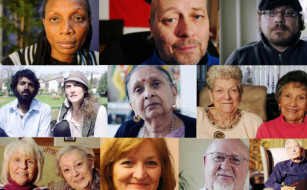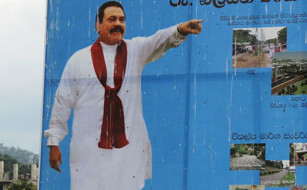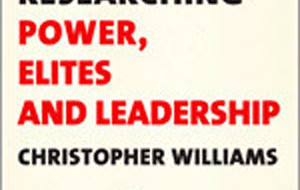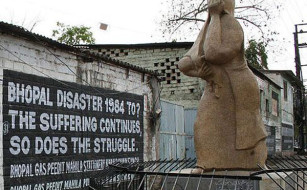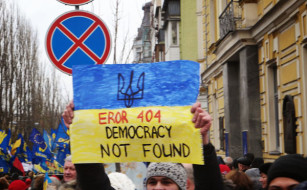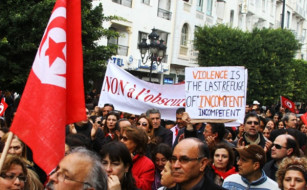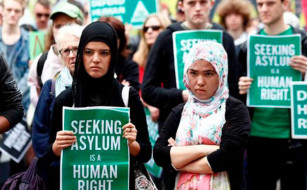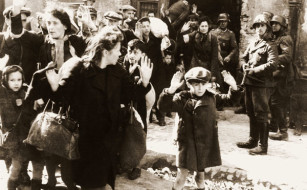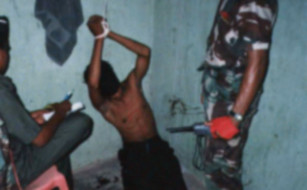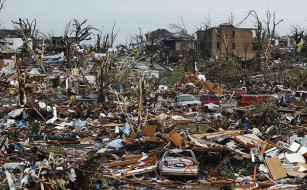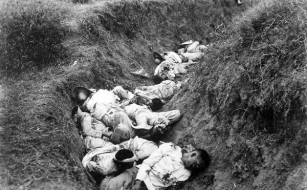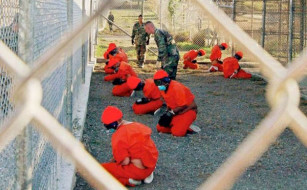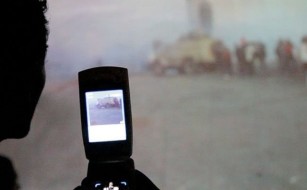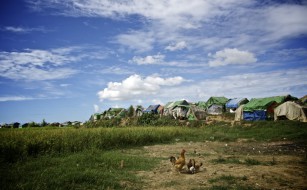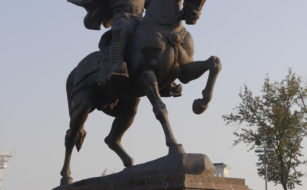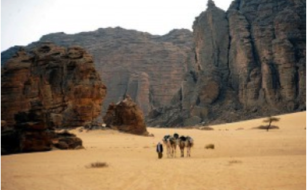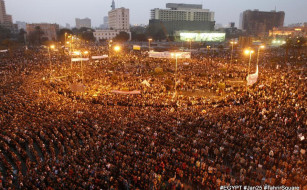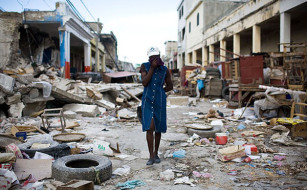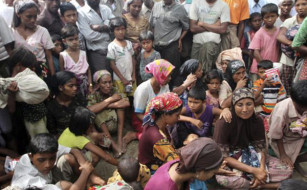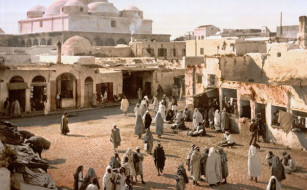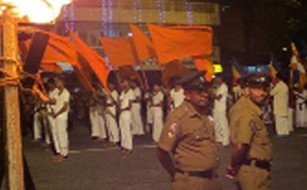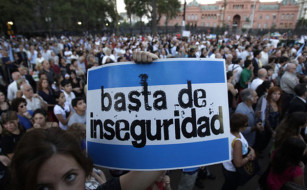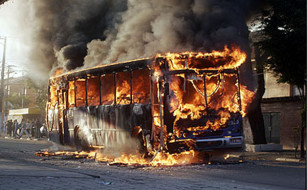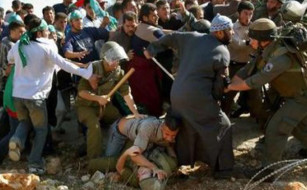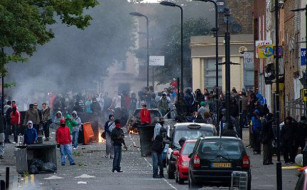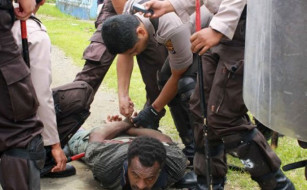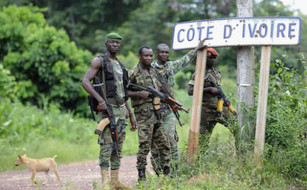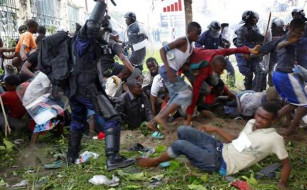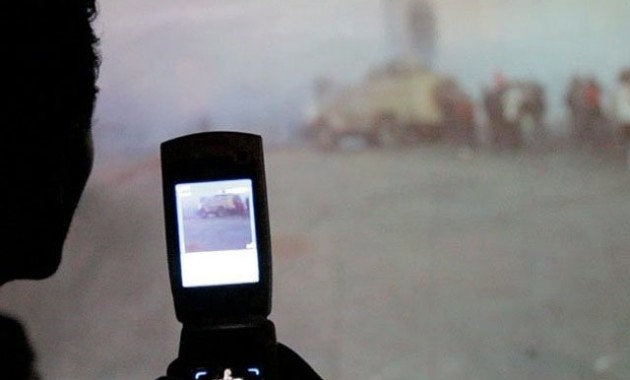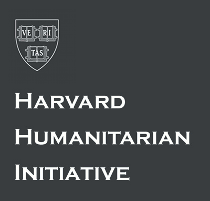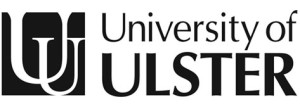The emergence of the Mosireen Collective as a powerful force for cultural resistance highlights one of the most significant battlegrounds in Egypt’s post-revolutionary media ecology: the war of information and ideas. On one end, the Supreme Council of the Armed Forces (SCAF) and the Muslim Brotherhood both used the Egyptian state media apparatus to consolidate, reinforce and legitimate their political hegemony. As the SCAF crackdown on journalists and civil society intensified during the early months after Mubarak’s ouster, harsh prison sentences were imposed on members of the independent media in an attempt to silence any dissent. The myth that the “people and the army are one hand” was further eroded with the dramatic increase in arbitrary arrests, detentions, torture and the trying of civilians without due process. In response, the Mosireen Collective launched a digital resistance campaign to expose and document state crimes committed by SCAF as well as police forces. Through a closer examination of Mosireen’s tactical online and offline new media strategies, this presentation endeavors to demonstrate how the rise of citizen journalism and participatory media not only challenged state media narratives but also contributed to the democratization of knowledge in the Egyptian public sphere.
The Genesis of the Mosireen Collective and the Urgency of Digital Preservation
The Mosireen Collective derives its name from an imaginative and inspirational playful twist on the Arabic words Masr ‘Egypt’ and Mosireen ‘We are determined.’ The initial idea for the media collective manifested in the aftermath of the first 18 days in Tahrir Square where activists congregated in a ‘media tent’ with laptops, cell-phones, memory-readers and hard-disks replete with rich digital content of pivotal revolutionary moments from a “street-level” perspective. These images were in sharp contrast to the sanitized imagery seen on Egyptian state media and other international networks. Moreover, the amateur digital videos and images not only served as critical evidence of police brutality but also played an important role in legitimating the protestors’ claims. The core founders of Mosireen understood the fragility inherent with amateur footage. For example, videos and images were frequently censored or removed by the Egyptian security apparatus. According to one study, over 10 percent of the social media documentation of the Egyptian revolution (between January 20 and March 11, 2011) had disappeared (Tweets from Tahrir, 2011). Consequently, the Mosireen Collective developed digital preservation methods to stabilize and protect digital content in forms which are retrievable, readable and usable. Mosireen has the largest video archive of the revolution in the world which grew from 10 million megabytes of footage in the earlier phases to over 12 terabytes. Mosireen’s YouTube channel (with over 250 short documentaries) holds the record for most all-time views of a non-profit organization in Egypt with over 5 million total views since October 2011.
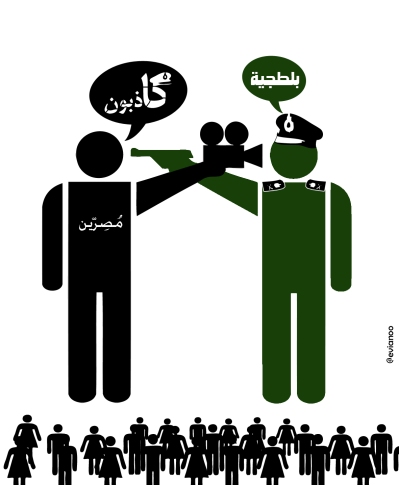
Mosireen’s Digital Activism and The Rise of Citizen Media
Grounded in a ‘community-based’ revolutionary dissident ethos dedicated to supporting citizen media, the Mosireen Collective’s services are open to any interested activists on a ‘pay-what-you-can’ basis. To that end, Mosireen provides access to training workshops, technical support, specialist camera and sound equipment, screening events and an extensive library of footage from the revolution. In addition to an emphasis on documenting and filming the ongoing Egyptian revolution, Mosireen maintains an inclusive space for the disenfranchised and less technically inclined segments of Egyptian society. This level of civic engagement aims to nurture and sustain a vibrant and representative public sphere that fully comprehends the power of cultural resistance from below. Mosireen’s commitment to cultural struggle is reflected through its strategic use of broadcast media such as YouTube to not only enhance democratic communication in the Egyptian public sphere but to also present ‘alternative’ and certainly oppositional information. For example, the Tahrir Cinema initiative served as a public outlet for displaying Mosireen’s archival footage and digital content of the Egyptian revolution by other groups. A rich tapestry of digital amateur videos as well as a range of more professional works predominately displayed the criminality and abuses of SCAF through the power of ‘digital storytelling’ in the form of documentaries and personal testimony. McNamara provides a descriptive summary of being in the midst of a Tahrir Cinema spectacle that dialectically transforms the relationship between audiences and a screen mediated by revolutionary images:
The Mosireen Collective’s raw documentary footage of the Egyptian riots supplants any such narration with more visceral representations of a violent revolution. Films […] without use of voice-over, are sound-tracked instead by the noise of the crowd, the crack of gunfire and the rustle of clothing against an inbuilt microphone. The camera is both eye level and street level throughout, both testifying and humanizing political violence. We become part of the battle, positioned amongst a people caught in the grips of violent struggle (McNamara, 2013).
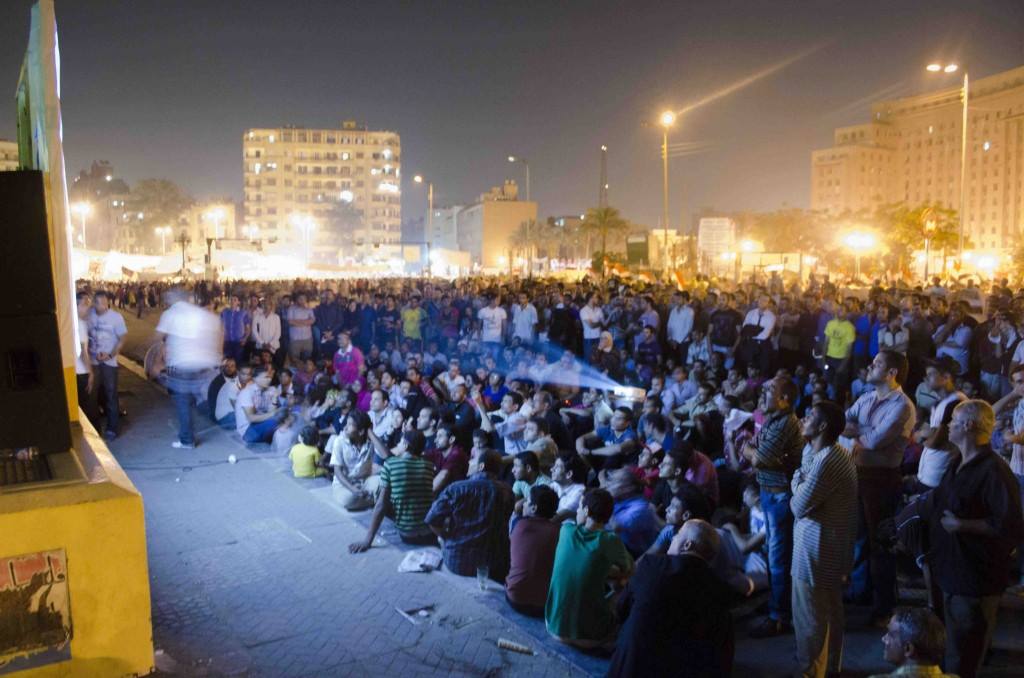
Written and Presented By: Saeb Kasm, Exposing State Crime Through Citizen Media and Digital Resistance, International State Crime Initiative (ISCI), Queen Mary, University of London, February 2016.
- Mosireen PPT Presentation: Mosireen – PPT




